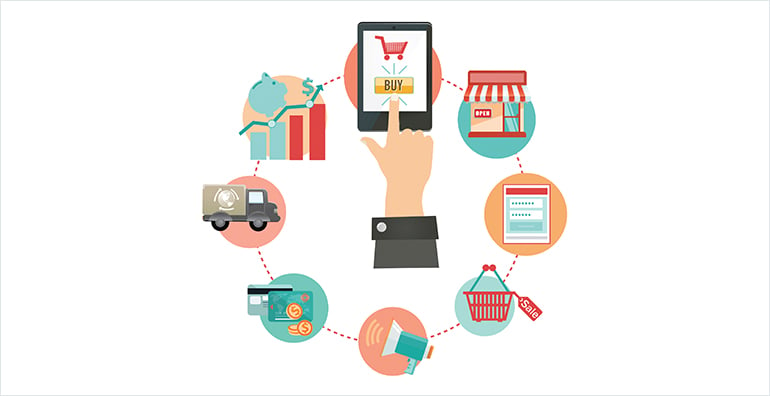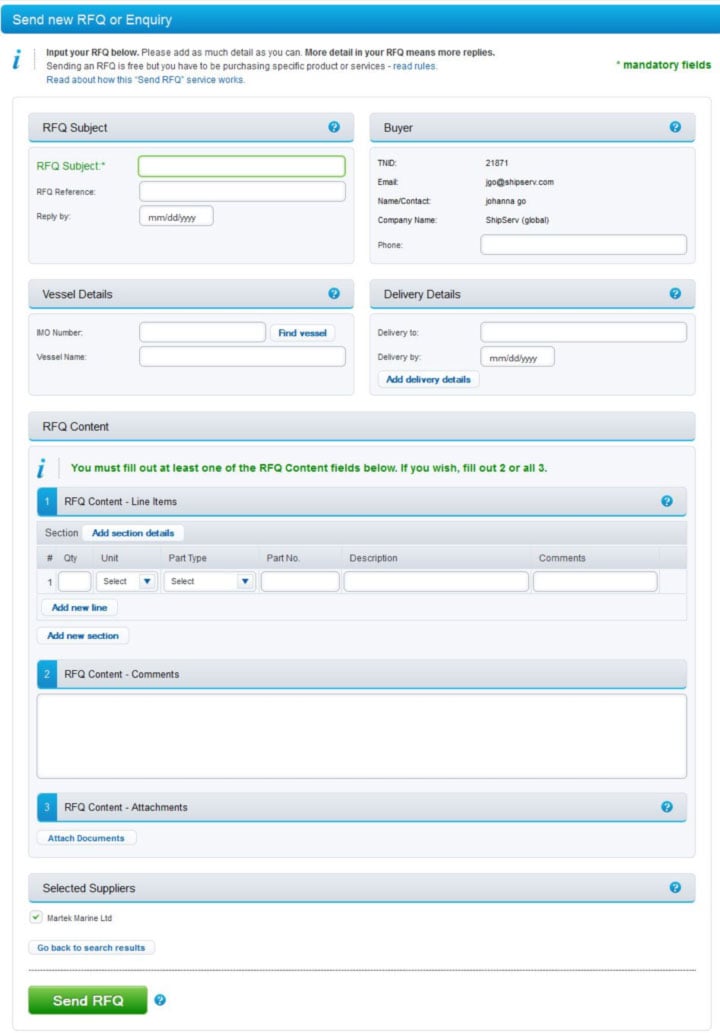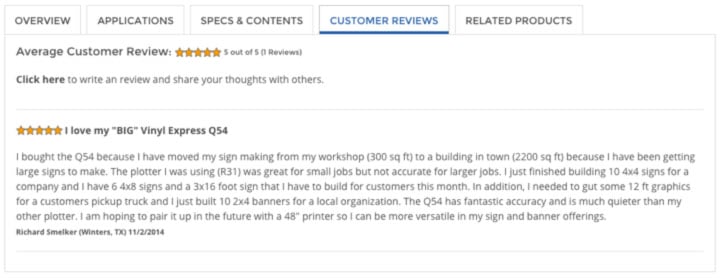
See why top ecommerce brands use Miva’s no-code platform to run
multiple stores, manage massive catalogs, and grow their revenue.
Even as the B2B ecommerce market expands (20% growth in 2013), the majority of B2B companies are still behind in adopting appropriate digital strategies to meet growing consumer demands. Implementing solutions to optimize the buyer experience while supporting optimal backend workflows is becoming increasingly critical for today’s B2B companies. What follows is a partial list of B2B best practices to boost conversions, build loyalty & trust, and systematize complex business needs in today’s evolving online B2B marketplace.
1. Fluid User Experiences
B2B buyers now expect seamless user experiences via their supplier websites, similar to those common in B2C selling. Due to the research intensive nature of the B2B buying experience, providing visible guideposts can help facilitate an optimal shopping experience for users. Letting your buyers know where they are when navigating can be achieved via web design elements such as Breadcrumb Navigation, Page Headers, Progress Bars, and Thank You Pages.
Progress Bar Example

Breadcrumb Example
2. Personalized Login Portals
Leaders in the B2B ecommerce space are leveraging unique login portals to offer buyers tailored experiences: personalized variable pricing, availability groups, volume discounts, negotiated terms, credit limits, and more. To encourage loyalty and facilitate repeat ordering, personal accounts can also allow buyers to login and reorder commonly purchased items quickly. Finally, B2B customers prefer self-service administration; B2B portals give them the ability to assign employee rights, maintain cost centers and budgets, manage individual spending limits and setup new approval rules and workflows.
3. Sales Assisted Checkout Processes
B2B Checkout processes help facilitate complex purchases by offering additional assistance / visibility during checkout. This can be as simple as making buyers aware that a salesperson is available should the need arise. The ‘Add to Quote’ button is also considered a best practice for those B2B ecommerce sites with large volume purchasing options or highly configurable products. For unique variations of products, offering a Request for Quote (RFQ) – a function that allows buyers to select attributes, define product specs, and submit this information for quoting can be useful.

Advanced Real Time Shipping Estimates
B2B companies are typically contracted with multiple shipping partners offering a number of delivery options, often from multiple warehouses. Add to this the fact that B2B purchases vary widely by weight and volumetric size further complicates the shipping calculation process. Being able to accurately estimate & charge shipping costs in all possible scenarios is critical to selling more online and streamlining the fulfillment process.
5. Real-Time Inventory Estimates
B2B customers depend on accurate inventory levels. The most successful B2B vendors offer their buyers accurate inventory counts, back in stock dates, and, when possible, the flexibility to order from multiple warehouses when necessary.
6. Product Content, Ratings and Reviews
B2B buying begins with digital research. According to a 2014 DemandGen survey, 82% of B2B buyers consider content ‘highly influential’ when making a purchase decision, and would choose a vendor based on whether or not the site offers supportive, relevant content to help build a case for their online purchases. Peer reviews also boost B2B conversion rates while reducing returns by proactively answering questions and setting expectations.

Summary
Today’s B2B company must consider both the front end user experience and back end workflow automation when implementing or upgrading an ecommerce solution. As the B2B market continues to expand ($780 Billion in 2015) and ecommerce environments evolve to accommodate increasingly sophisticated buyer preferences, it has never been more important to consider the flexibility, extensibility, and performance of your ecommerce provider.
Love it? Share it!
No worries, download the PDF version now and enjoy your reading later...
Download PDF Miva
Miva
Miva offers a flexible and adaptable ecommerce platform that evolves with businesses and allows them to drive sales, maximize average order value, cut overhead costs, and increase revenue. Miva has been helping businesses realize their ecommerce potential for over 20 years and empowering retail, wholesale, and direct-to-consumer sellers across all industries to transform their business through ecommerce.
Visit Website